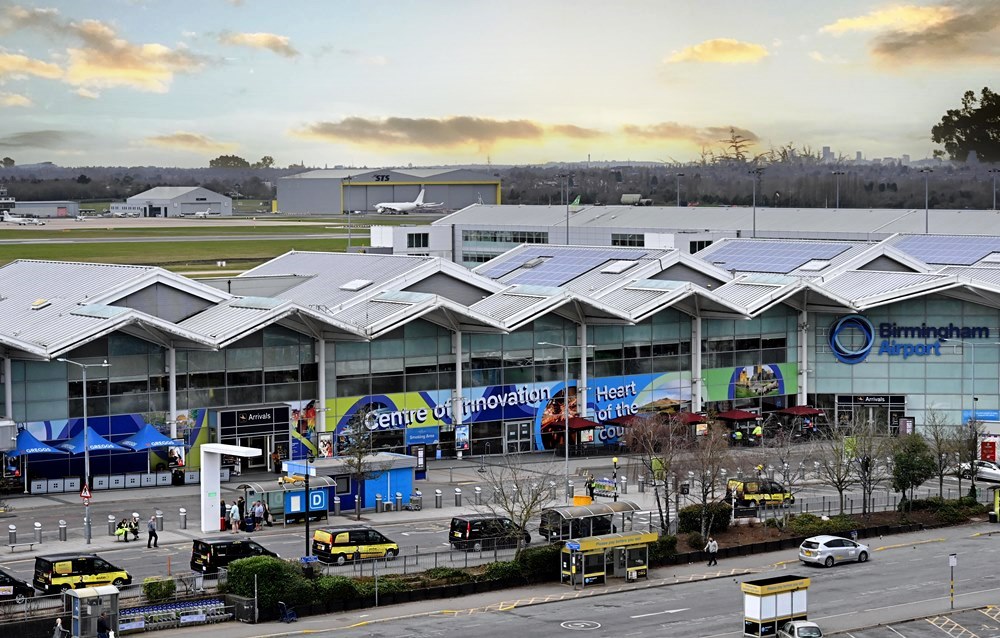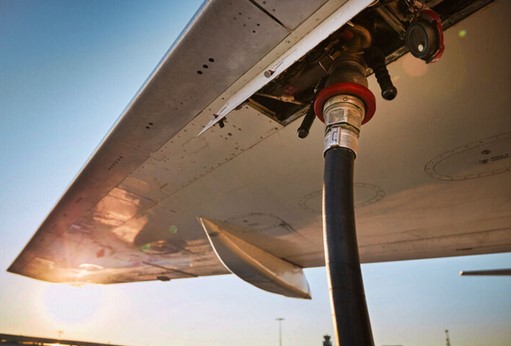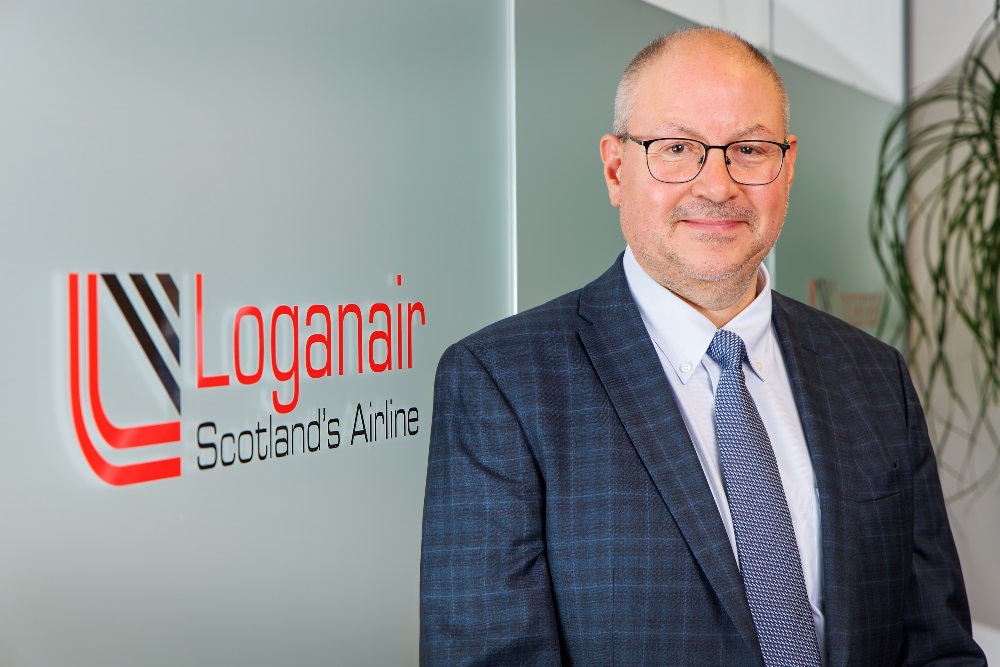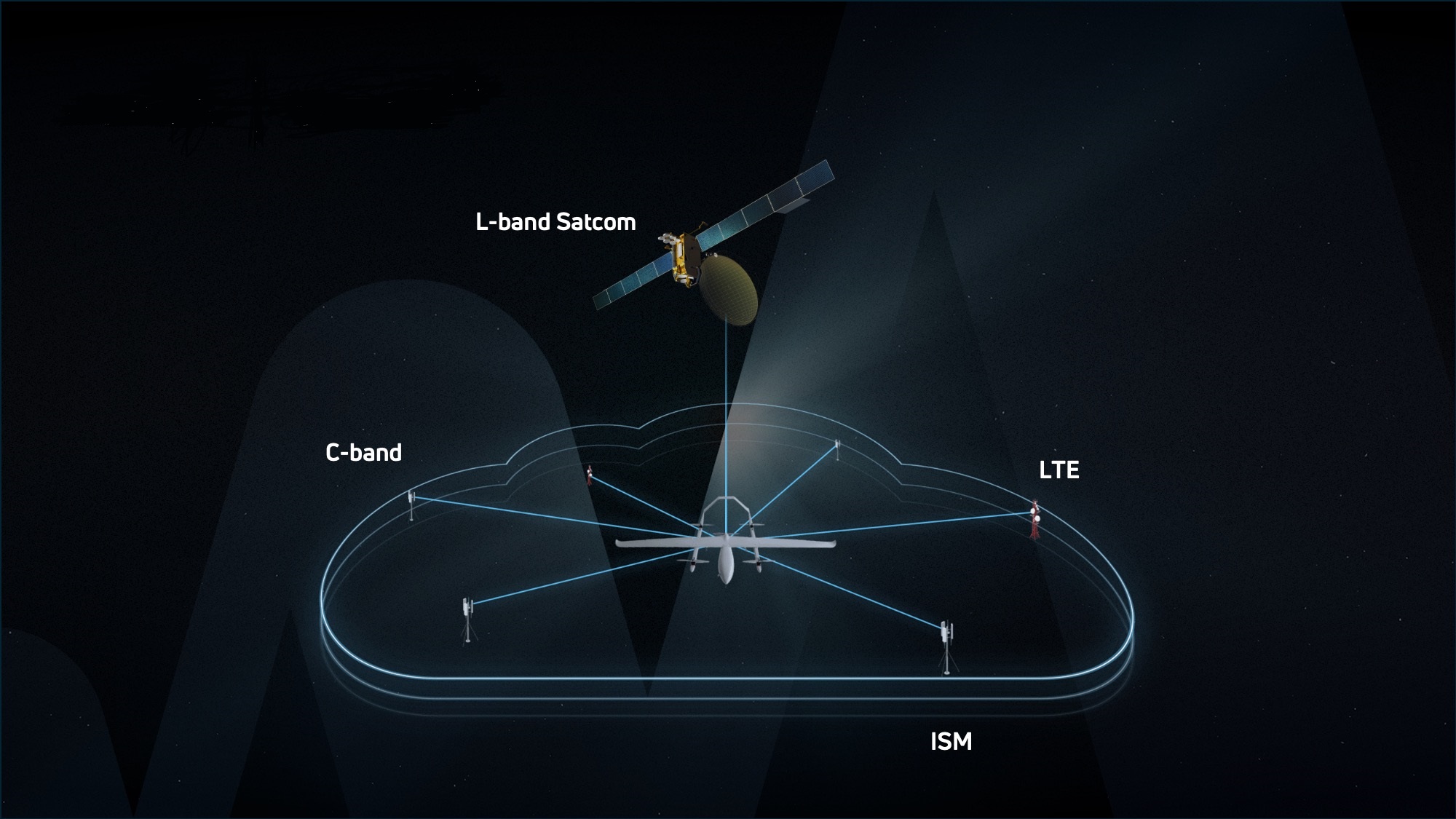Europe's Q3 air passenger traffic up +5%

The report is the only air transport report including all types of civil aviation passenger flights: full service, low cost and charter. It reveals that during the third quarter of this year, passenger traffic growth at Europe’s airports moderated to +5% - compared to +6% in Q2 and +8.9% in Q1.
Passenger traffic growth in the EU market stood at +4.6% in Q3 – remaining consistently stable over the 3-months period. Airports in Finland, the Baltic States, Poland, the Czech Republic, Slovakia Hungary, Malta and Luxembourg registered double-digit growth. Conversely, airports in Sweden, the UK and the Netherlands posted the weakest results.
Among EU capital & larger airports, double-digit growth was achieved in Q3 by Athens (+12%), Vienna (+10%), Milan-Malpensa (+10.7%), Warsaw (+12%), Budapest (+13.6%), Malta (+11.4%), Luxembourg (+10%), Bratislava (+14.7%) and Tallinn (+10.5%).
While passenger traffic in the non-EU market stood at +6.5% in Q3, the growth pace slowed over the 3-months period from +6.8% in July to +5.6% in September. This was mainly due to Turkish airports decelerating and almost coming to a standstill in September (+0.4%) – as the country’s difficult economic situation is impacting demand for air travel. Airports in Russia, Ukraine, Montenegro, Albania, FYROM and Iceland posted double-digit growth.
The following non-EU capital & larger airports achieved particularly dynamic growth in Q3: Moscow-SVO (14.3%), Moscow-Vnukovo (+17.5%), Tel Aviv (+10.5%), Kiev (+16.6%), Keflavik (+10.2%), Tbilisi (+10.7%), Tirana (+15%), Skopje (+12.9%) and Podgorica (+14.6%).
Smaller airports (below 5 mppa) outperformed the European average in Q3, with their passenger traffic increasing by +6.7%. Meanwhile, growth at the Majors (top 5 European airports) capped at +3.3%. Frankfurt (+7.3% - N.3) led the league, followed by Paris-CDG (+4.5% - N.2). Istanbul-Ataturk (+1% - N.5) posted the weakest performance, followed by capacity constrained Amsterdam-Schiphol (+1.1% - N.4) and London-Heathrow (+2.4% - N.1).
Freight traffic during Q3 was up +1.4%, while aircraft movements (an indicator of new airline capacity in the market) were up +3.4%.
Olivier Jankovec, Director General of ACI EUROPE said: “The peak summer months show that the momentum in traffic growth is robust, but diminishing. Airport capacity issues, industrial unrest, rising oil prices and airline consolidation are putting the brakes on more gains. Aviation taxes and economic slowdowns have also come to take their toll - as evidenced by stalling air traffic growth in Sweden and Turkey.
“Looking at the coming months, BREXIT risks have somewhat receded following yesterday’s EC announcement of its contingency measures in case negotiations with the UK fail. The fact that the EC has formally clarified that it will propose measures to ensure undisrupted air connectivity between the EU27 and the UK after March 2019 is indeed a relief. With the UK having already taken a similar position, this means that consumers can now have confidence over existing and future bookings for travel between the EU27 and the UK next year.
“However, the EC announcement makes it clear that these contingency measures would only apply until December 2019. That still leaves a big question mark as to what would happen beyond that date if the no-deal scenario materialises.”
During Q3, airports welcoming more than 25 million passengers per year (Group 1), airports welcoming between 10 and 25 million passengers (Group 2), airports welcoming between 5 and 10 million passengers (Group 3) and airports welcoming less than 5 million passengers per year (Group 4) reported an average adjustment +4.2%, +5.7%, +4.9% and +6.7%.
The airports that reported the highest increases in passenger traffic are as follows:
GROUP 1: Moscow SVO (+14.3%), Madrid (+8.6%), London STN (+8.2%), Istanbul SAW (+7.5%) and Frankfurt (+7.3%)
GROUP 2: Moscow VKO (+17.5%), Kiev (+16.6%), Budapest (13.6%), Warsaw & Athens (+12%) and Venice (+11%)
GROUP 3: Seville (+23.3%), Palermo (+15.3%), Riga (+14.8%), Krakow (+13.5%), Sochi (+12.2%)
GROUP 4: Targu Mures (+9547%), Taranto (+155.2%), Vilnius (+107.9%), Sibiu (+58.9%) and Kutaisi (+53%)
During September, passenger traffic at European airports increased by +5% - with the EU market growing by +4.9% and the non-EU one by +5.6%.
Airports welcoming more than 25 million passengers per year (Group 1), airports welcoming between 10 and 25 million passengers (Group 2), airports welcoming between 5 and 10 million passengers (Group 3) and airports welcoming less than 5 million passengers per year (Group 4) reported an average adjustment of +3.8%, +6.0%, +5.3% and +7.1% respectively.
The airports that reported the highest increases in passenger traffic are as follows:
GROUP 1: Moscow SVO (+15.6%), London STN (+9.1%), Madrid (+8.2%), Lisbon (+7%) and Dublin (+6.7%)
GROUP 2: Kiev (+20.4%), Moscow VKO (+18.7%), Venice (13%), Milan MXP (+12.1%) and Budapest (+11.9%)
GROUP 3: Sevilla (+24.6%), Palermo (+16.5%), Sochi (+16%), Riga (+15.9%) and Keflavik (+13.1%)
GROUP 4: Targu Mures (+14316.7%), Taranto (+204%), Trapani (+150.3%), Kutaisi (+63.1%) and Chambery (+62.9%)
In September, freight traffic at European airport increased by +1.4% and aircraft movements by +2.9%.
The 'ACI EUROPE Airport Traffic Report - September & Q3 2018’ includes 245 airports in total representing more than 88% of European air passenger traffic.













